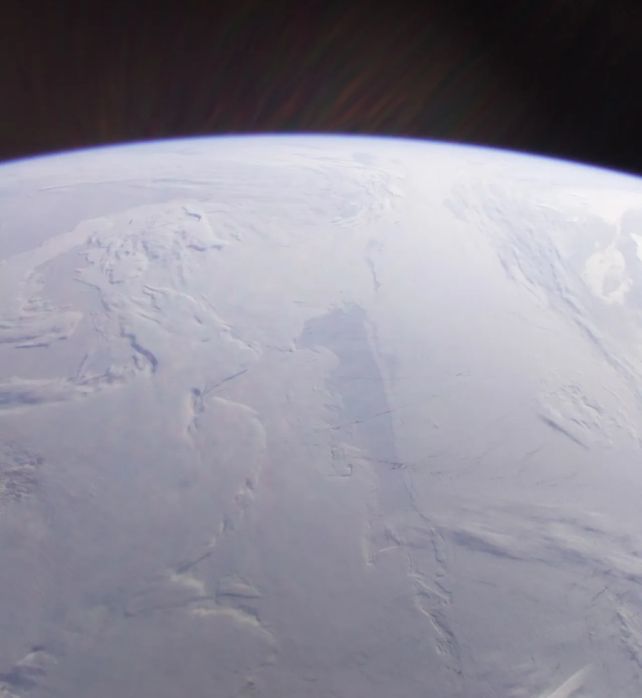An invisible and weak energy field wrapped around our planet Earth has finally been detected and measured.
Called the dipole field, the electric field was first hypothesized more than 60 years ago, and its discovery will change the way we study and understand the behavior and evolution of our beautiful and ever-changing world.
“Any planet with an atmosphere should have a dipole field,” says Glenn Callison, an astronomer at NASA’s Goddard Space Flight Center.
Now that we’ve finally measured it, we can learn how it has shaped our planet and others over time.
Earth is not just a speck of dust in space. It is surrounded by all kinds of lands. There is a gravitational field. We don’t know much about gravity, especially considering how ubiquitous it is, but without gravity we wouldn’t have a planet. Gravity also helps keep the atmosphere flat against the surface.
There is also a magnetic field created by rotating, conductive materials inside the Earth, which converts kinetic energy into a magnetic field that spins into space. It protects our planet from the effects of wind and solar radiation, and also helps prevent wind.

In 1968, scientists described a phenomenon that we could not understand until the space age. A spacecraft flying over the Earth’s poles detected a supersonic wind of particles escaping from the Earth’s atmosphere. The best explanation for this was the third electrical energy field.
“It’s called a dipole field, and it’s a chaos agent. It counteracts gravity and carries particles into space,” Collison explains in the video.
“But we’ve never been able to measure this before because we didn’t have the technology. So, we built it. Endurance The rocket ship will go after this great invisible force.”
Here is how the dipole field was expected to work. Starting at an altitude of about 250 km (155 mi), in a layer of the atmosphere called the ionosphere, intense ultraviolet and solar radiation ionizes atmospheric atoms, breaking negatively charged electrons and turning atoms into positively charged ions. converts
The lighter electrons try to fly off into space, while the heavier ions try to sink toward Earth. But the plasma environment tries to maintain charge neutrality, which results in an electric field between electrons and ions to bind them together.
This field is called a dipole because it works in both directions, with ions providing a downward pull and electrons providing an upward pull.
The result is that the atmosphere is puffy. The increase in altitude allows some ions to escape into space, which is what we see in the polar wind.
frameborder=”0″ allow=”accelerometer; automatic playback; clipboard-write; Gyroscope Encrypted Media; picture in picture; Web Sharing” referrerpolicy=”strict-origin-when-cross-origin” allowfullscreen>
This dipole field would be incredibly weak, which is why Collison and his team designed a tool to detect it. this Endurance The mission carrying the experiment was launched in May 2022 and reached an altitude of 768.03 kilometers (477.23 miles) before returning to Earth with precious and hard-to-get data.
And it succeeded. The change in electrical potential measured only 0.55 volts – but that was all that was needed.
“Half a volt is almost nothing—it’s only as powerful as a watch battery,” says Callison. But this is just the right amount to explain the polar wind.
This amount of charge is enough to pull hydrogen ions with 10.6 times the force of gravity, launching them into space at supersonic speeds measured above the Earth’s poles.
Oxygen ions, which are heavier than hydrogen ions, rise higher and increase the density of the ionosphere at high altitudes by 271%, compared to its density without the dipole field.
What’s more exciting is that this is just the first step. We don’t know the wider implications of the dipole field, how long it’s been there, what it’s doing, and how it’s helped shape the evolution of our planet and its atmosphere, and possibly even life on its surface.
“This field is a fundamental part of how the Earth works,” says Callison. And now that we’ve finally measured it, we can actually start asking some of these bigger, more exciting questions.
This research was published in nature.
#Scientists #discovered #invisible #electric #field #Earth #time